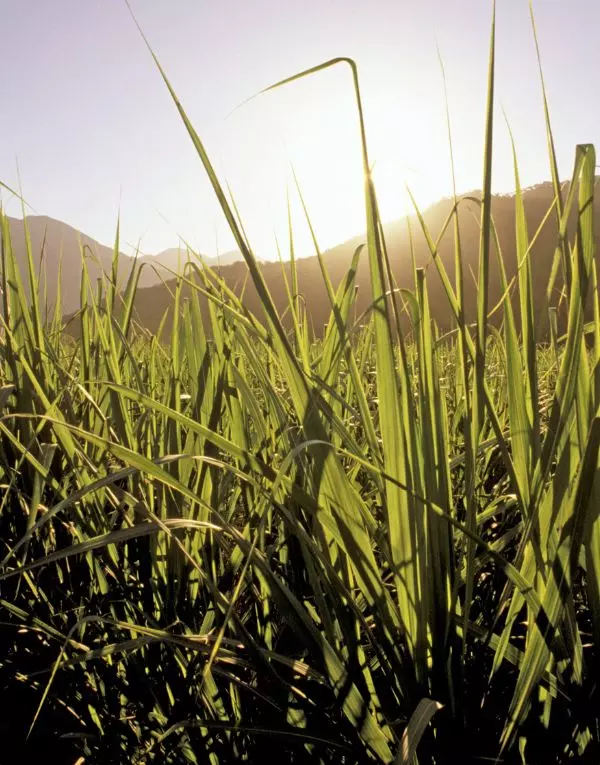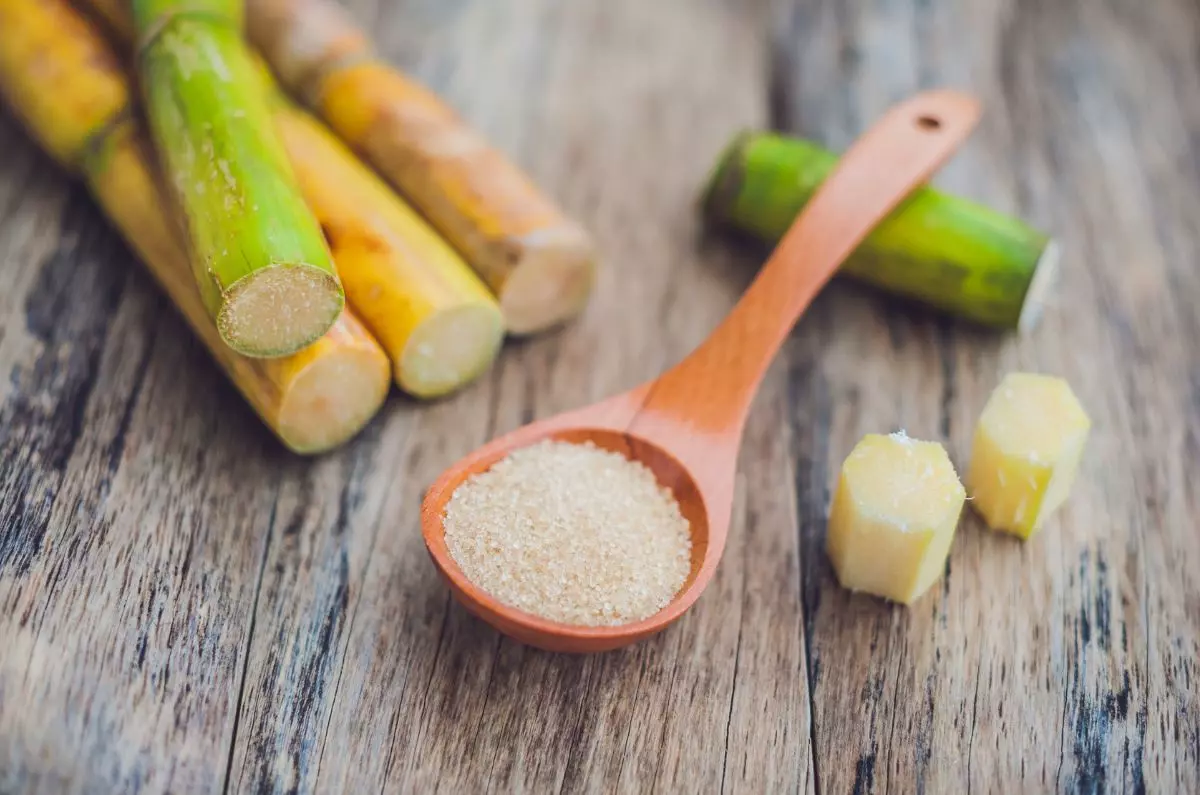The first references to sugar date back almost 5,000 years. Its expansion is linked, like that of so many other products, to the advance of territorial conquests and the evolution of history.
To speak of sugar is to speak of sugar cane. The cultivation and extraction of sugar did not develop until Napoleon’s time.
The sugar cane’s route has always been from East to West, from the Indian Ocean to the Mediterranean and, finally, to the Atlantic. It started in New Guinea and reached India, from where it spread to China and the Near East.
It was precisely the Indians who pioneered the taste of sugar. The first historical references to sugar date back to 4,500 BC. Much later, around 510 B.C., sugar reached Persia, where King Darius’ soldiers, fascinated by its properties, called it “that cane that gives honey without the need for bees”.
It landed in Europe in the 4th century B.C., as a result of Alexander the Great’s voyages and conquests through Asia. Later, the Greeks bequeathed it to the Roman Empire, which called it “salt of India”.
From here we jump to the 7th century AD, which will mark an important milestone in the spread of sugar consumption.
It was the Arabs, who were so fond of sweets, who, when they invaded the regions of the Tigris and Euphrates, discovered the infinite possibilities it presented. They introduced it into recently conquered areas, cultivating sugar cane in Syria, Egypt, Cyprus, the Rhodes and all of North Africa.
It was precisely there that Egyptian chemists perfected its processing and refined it. Its consumption continued to spread through the voyages of Venetian merchants and, a century later, through the Crusades to the Holy Land, this food became known throughout the Christian world.
It was not until the Middle Ages that sugar reached Spain, where it was introduced as a food spice, and as such, it was used to perfume dishes, just like salt or pepper.
The apothecaries began to use sugar as an integral part of a large number of recipes. By varying its proportions, they prepared potions and medicines that they recommended to their clientele to cure all kinds of ailments, including “lovesickness”.

With the discovery of America, the Spanish conquistadors took sugar to Santo Domingo, where it was first cultivated on a large scale, later reaching Cuba and Mexico. At the same time, other Spaniards in their travels favored its expansion to Asian areas, such as the Philippine Islands and the Pacific archipelagos.
The Portuguese brought sugarcane to Brazil, the French introduced it to their colonies in the Indian Ocean and the Dutch to the West Indies.
By the end of the 17th century, the production and consumption of cane sugar was widespread throughout the world. The colonies had become the world’s leading sugar producers and the struggle for their independence threatened the free supply of Europe.

Thus, at the beginning of the 19th century, Napoleon Bonaparte promoted, through his campaigns, the dissemination of food and encouraged the construction of sugar factories in France, a policy that was followed by other Central European nations and Germany.
During the 19th century, the simultaneous production and processing of sugar continued. With the abolition of slavery, and therefore of cheap labor, production enters a period of crisis. The First World War allowed sugarcane producers to recover the lost market and control more than half of it.
From this point on, international organizations and the governments of the main producing countries will establish quotas for sugarcane exports and production in order to maintain market balance and control.
Conclusion
Throughout its history, sugar has been a product with an early and intense commercial vocation.
All the climatic limitations for the cultivation of sugarcane have contributed to this, as has its growing presence in human food.
The sugar phenomenon has historically been a privileged platform for understanding the processes that culminated in the Industrial Revolution and the globalization of economic relations.
But sugar is more than that; as an emblematic and traveling crop, it has also generated a culture, becoming, in short, a means of communication that goes beyond the strictly economic.
Sugar is nowadays the most common food in the diets of all countries.
Claimed by scientists and international experts, it is considered today as one of the main energy sources for the body.

